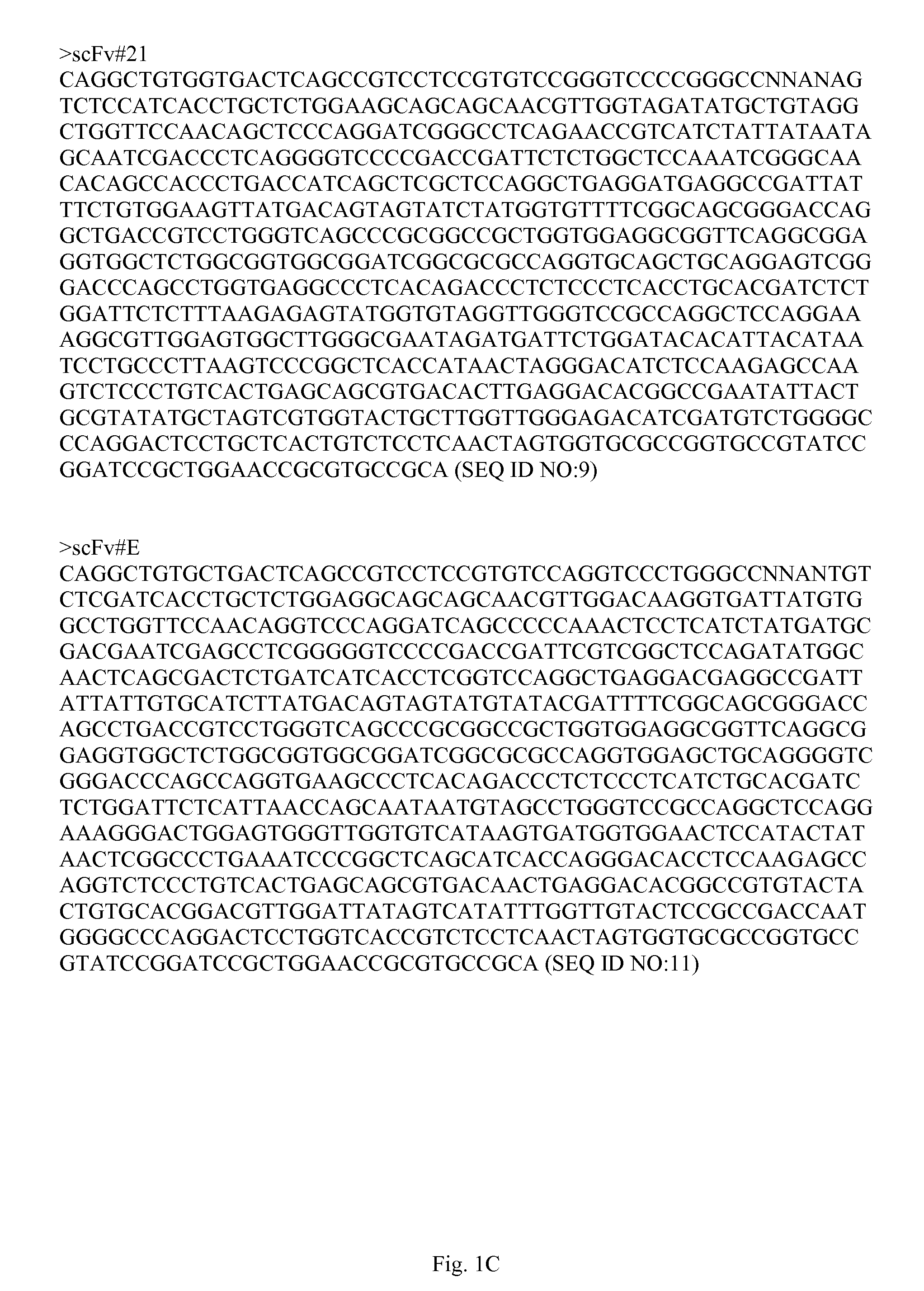Methods and systems for multi-antibody therapies
a multi-antibody, therapy technology, applied in the direction of drug compositions, peptides, tissue culture, etc., can solve the problems of difficult production and storage of antibodies for protecting large populations, difficult to produce and store enough antibodies for large populations, and difficult to achieve single antibody therapeutic agent development. achieve the effect of facilitating production and greater effectiveness
- Summary
- Abstract
- Description
- Claims
- Application Information
AI Technical Summary
Benefits of technology
Problems solved by technology
Method used
Image
Examples
Embodiment Construction
[0013]The present invention relates to methods and systems that include one or more binding agents having a binding region and an epitopic tag; and an anti-tag antibody that binds the tag. The anti-tag antibody has a tag-specific binding region, also referred to as “anti-tag region.” The methods of the present invention use, in an embodiment, two or more binding agents that are specific for different targets of the same disease agent, but have the same epitopic tag. Since the anti-tag antibody is specific for the tag, it can bind to each of the different binding agents. Additionally, in certain instances in which a single binding agent has more than one copy of the same tag, the overall efficacy of the antibody therapy increases.
[0014]Accordingly, in vivo, the binding agents bind to the disease agent (e.g., a polypeptide toxin produced by a bacterium). Using two or more binding agents has shown to be particularly effective in ridding the subject of the disease agent and improving sy...
PUM
| Property | Measurement | Unit |
|---|---|---|
| Time | aaaaa | aaaaa |
Abstract
Description
Claims
Application Information
 Login to View More
Login to View More - R&D
- Intellectual Property
- Life Sciences
- Materials
- Tech Scout
- Unparalleled Data Quality
- Higher Quality Content
- 60% Fewer Hallucinations
Browse by: Latest US Patents, China's latest patents, Technical Efficacy Thesaurus, Application Domain, Technology Topic, Popular Technical Reports.
© 2025 PatSnap. All rights reserved.Legal|Privacy policy|Modern Slavery Act Transparency Statement|Sitemap|About US| Contact US: help@patsnap.com



